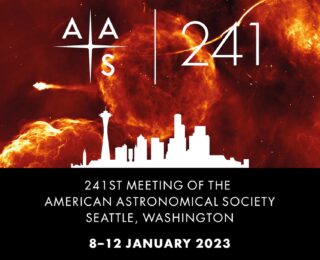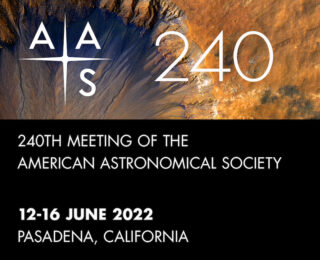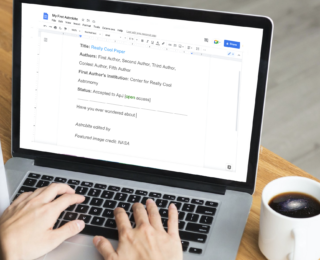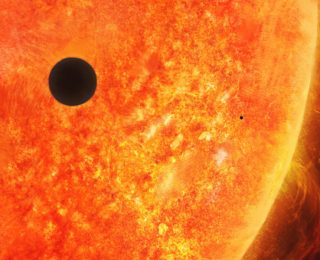
Meet the AAS Keynote Speakers: Dr. Anthony Brown
For the past decade, ESA’s Gaia mission has helped reshape astronomy in more ways than you can probably think of. You can hear more about Gaia in Prof. Anthony Brown’s plenary talk at #AAS241!

For the past decade, ESA’s Gaia mission has helped reshape astronomy in more ways than you can probably think of. You can hear more about Gaia in Prof. Anthony Brown’s plenary talk at #AAS241!

After the boom in exoplanet atmosphere research this past decade, what will the field look like going forward? Find out at Prof. Laura Kreidberg’s #AAS240 Annie Jump Cannon Award plenary talk!

Over the last few years, we have been publishing Astrobites that students wrote for their courses. This is how those bites came to be!

Ever wonder why there aren’t more planets between Mercury and the Sun? Maybe it’s the Sun’s fault.

It is difficult to tell if planets embedded in their natal protoplanetary disks are migrating closer to their stars. The authors of today’s paper devise a new observational signature to figure that out.